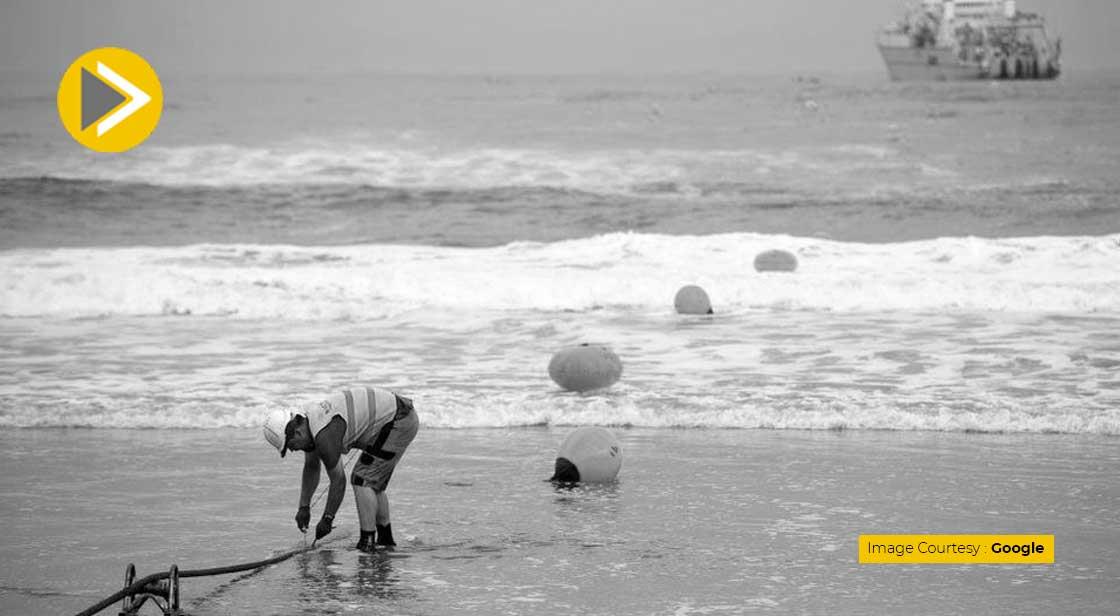Subsea Internet Cables Could Help Detect Earthquakes

News Synopsis
Seafloor Internet Connections might be used to detect earthquakes and tsunamis, as well as monitor how climate change affects ocean currents. The UK's National Physical Laboratory (NPL) and its collaborators claim that these telecom cables might be used as a massive array of deep-sea scientific sensors. The technology was tested on an optical fibre link between the United Kingdom and Canada.
Only a few permanent sensors to monitor the ocean floor exist around the world, according to the experts. "Even though water covers 70% of the Earth's surface, all seismic stations are on land because installing permanent sensors on the bottom is too difficult and expensive," NPL's Dr Giuseppe Marra told the BBC. Optical fibre connections, on the other hand, transport data across the world's seas and oceans. More than 430 are thought to exist around the earth, spanning 1.3 million kilometres (800,000 miles).
According to Dr. Marra, vibrations, pressure, and temperature variations impact the speed of light as it passes down the cable by a very little amount, which can be detected by extremely sensitive instruments. The researchers used a 5,860km EXA Infrastructure optical-fibre link between Southport, Lancashire, and Halifax, Canada, to detect earthquakes and "ocean signals," such as waves and currents.









